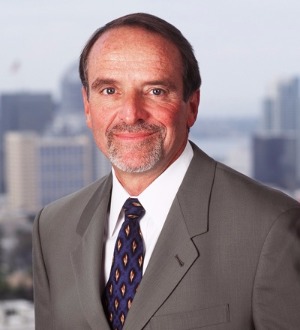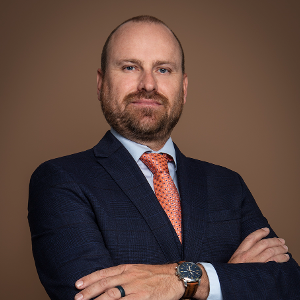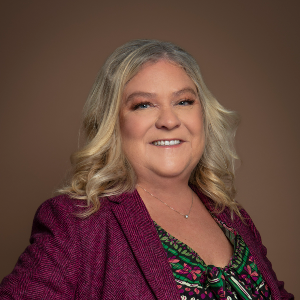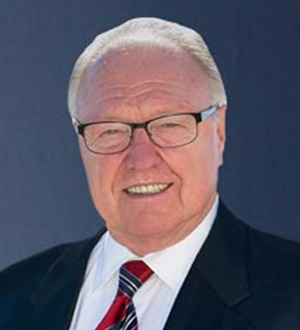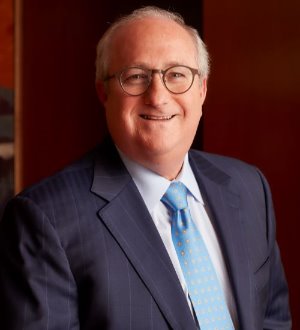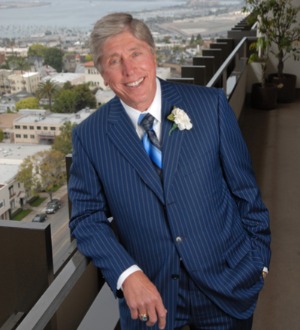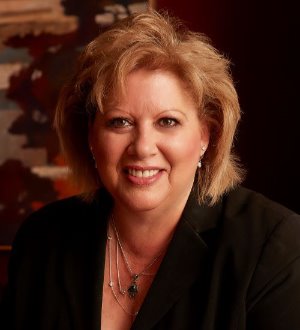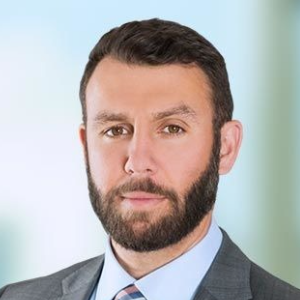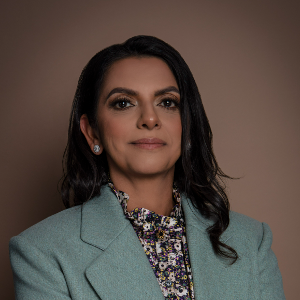Best Lawyers Near You in San Diego, California for Mass Tort Litigation / Class Actions - Plaintiffs
Injury & Malpractice Legal Guide 2025
View Legal GuideLawyers who have a subscription to profiles appear first.
Would you like to claim your lawyer profile?
Contact Us

As a defensive back on the West Point football team, Kevin Quinn never failed to offer opposing runners a hand up after he had knocked them down. Such sportsmanlike conduct has carried over to Kevin’s career as a trial lawyer. Today, many cases he handles result from referrals from attorneys that he has bested in the courtroom. Kevin came to California as a result of a shoulder injury incurred while playing football as a defensive back for the United States Military Academy at West Poin...
Aaron M. Olsen is a partner at Haeggquist & Eck, LLP, and a trial lawyer standing up for employees who have experienced retaliation, discrimination, sexual harassment, and sexual assault. Aaron has resolved hundreds of individual labor and employment law cases on behalf of employees. He has recovered millions of dollars in damages. Notably, Aaron was on the trial team in a unique associational disability discrimination matter against Kaiser Permanente that resulted in one of the top 50 la...
Haeggquist & Eck partner and trial attorney Amber Eck is a tenacious advocate for employees, consumers, and shareholders, and has been for the past 28 years. Amber has taken cases to trial in both state and federal court as lead trial attorney and has recovered millions of dollars for her clients in settlements, including multiple six- and seven-figure settlements. Amber doesn’t shy away from high-profile defendants — a fact well-illustrated by her role as co-lead counsel in t...
James P. Frantz is a top attorney recognized by Best Lawyers in the practice area(s) of Mass Tort Litigation / Class Actions - Plaintiffs and Personal Injury Litigation - Plaintiffs. James P., who practices law in San Diego, California, has been recognized since 2010. This recognition is based on an exhaustive peer-review survey, reflecting the high esteem in which James P. is held by other top lawyers in the same geographic and legal practice area.
Ed Chapin is the Managing Partner in the San Diego office of Sanford Heisler Sharp, LLP, a national law firm with offices in the District of Columbia, New York, California, Tennessee, and Maryland. Ed received his J.D. from the University of Missouri School of Law and his B.S. from Southwest Missouri State University. Ed is a veteran litigator whose practice spans class actions, unfair business practices, professional negligence, insurance coverage, bad faith, toxic torts, serious personal in...
William P. Harris III is a top attorney recognized by Best Lawyers in the practice area(s) of Mass Tort Litigation / Class Actions - Plaintiffs and Personal Injury Litigation - Plaintiffs. William P., who practices law in San Diego, California, has been recognized since 2017. This recognition is based on an exhaustive peer-review survey, reflecting the high esteem in which William P. is held by other top lawyers in the same geographic and legal practice area.
Frederick Schenk, managing partner of the Schenk Law Firm, achieved the largest verdict ever in San Diego against an asbestos manufacturer – Owens Corning Fiberglass – obtaining a $2.4 million verdict in punitive damages as well as economic losses.In addition, he is a specialist in auto collision litigation and co-author of the LexisNexis California Automobile Litigation Handbook. Over the years, Schenk has received numerous awards and honors for his work – including recogni...
Vincent J. Bartolotta, Jr. is a founding partner of Thorsnes Bartolotta McGuire. He specializes in plaintiffs' litigation with an emphasis in business disputes, condemnation, and major injury cases. A tenacious litigator, Bartolotta is recognized annually by Woodward/White as one of the Best Lawyers in America -- a recognition he's received every year since 1987. "There's really no secret about what I do," he says, "I really do care for my clients; each case gets a piece of my soul." Bartolot...
Gayle M. Blatt is a top attorney recognized by Best Lawyers in the practice area(s) of Mass Tort Litigation / Class Actions - Plaintiffs and Personal Injury Litigation - Plaintiffs. Gayle M., who practices law in San Diego, California, has been recognized since 2012. This recognition is based on an exhaustive peer-review survey, reflecting the high esteem in which Gayle M. is held by other top lawyers in the same geographic and legal practice area.
P. Camille Guerra is a top attorney recognized by Best Lawyers in the practice area(s) of Mass Tort Litigation / Class Actions - Plaintiffs. P. Camille, who practices law in San Diego, California, has been recognized since 2026. This recognition is based on an exhaustive peer-review survey, reflecting the high esteem in which P. Camille is held by other top lawyers in the same geographic and legal practice area.
Jason Dawson is a top attorney recognized by Best Lawyers in the practice area(s) of Mass Tort Litigation / Class Actions - Plaintiffs and Personal Injury Litigation - Plaintiffs. Jason, who practices law in San Diego, California, has been recognized since 2025. This recognition is based on an exhaustive peer-review survey, reflecting the high esteem in which Jason is held by other top lawyers in the same geographic and legal practice area.
Catherine M. McBain is a top attorney recognized by Best Lawyers in the practice area(s) of Mass Tort Litigation / Class Actions - Plaintiffs and Product Liability Litigation - Plaintiffs. Catherine M., who practices law in San Diego, California, has been recognized since 2026. This recognition is based on an exhaustive peer-review survey, reflecting the high esteem in which Catherine M. is held by other top lawyers in the same geographic and legal practice area.
John Fiske is California’s leading public entity-as-plaintiff lawyer and a shareholder in the San Diego offices of Baron & Budd. Mr. Fiske has resolved more than $2.5 billion dollars for public entity clients since 2018. John Fiske was the 2020 California Lawyer Attorney of the Year in Environmental Litigation and is a ten-time consecutive Super Lawyer. John Fiske has been instrumental in the wildfire litigation in California. He has resolved approximately $1.6 billion for more than...
Alreen Haeggquist is the Managing Partner at Haeggquist & Eck, LLP. Motivated by the pains of her childhood, Alreen became a lawyer and has been standing up for those who have suffered sexual assault, sexual harassment, discrimination, and retaliation for 20 years. Alreen is a best-selling author of Fired Up: Fueling Triumph from Trauma. She shares her deeply personal story of childhood abuse and the steps she took to overcome the long-lasting effects. Her lived experience and trauma-info...
Fatima Brizuela is a top attorney recognized by Best Lawyers in the practice area(s) of Antitrust Law, Commercial Litigation, Litigation - Antitrust and Mass Tort Litigation / Class Actions - Plaintiffs. Fatima, who practices law in San Diego, California, has been recognized since 2021. This recognition is based on an exhaustive peer-review survey, reflecting the high esteem in which Fatima is held by other top lawyers in the same geographic and legal practice area.
Our Methodology
Recognition by Best Lawyers is based entirely on peer review. Our methodology is designed to capture, as accurately as possible, the consensus opinion of leading lawyers about the professional abilities of their colleagues within the same geographical area and legal practice area.
The Process
Best Lawyers employs a sophisticated, conscientious, rational, and transparent survey process designed to elicit meaningful and substantive evaluations of the quality of legal services. Our belief has always been that the quality of a peer review survey is directly related to the quality of the voters.
